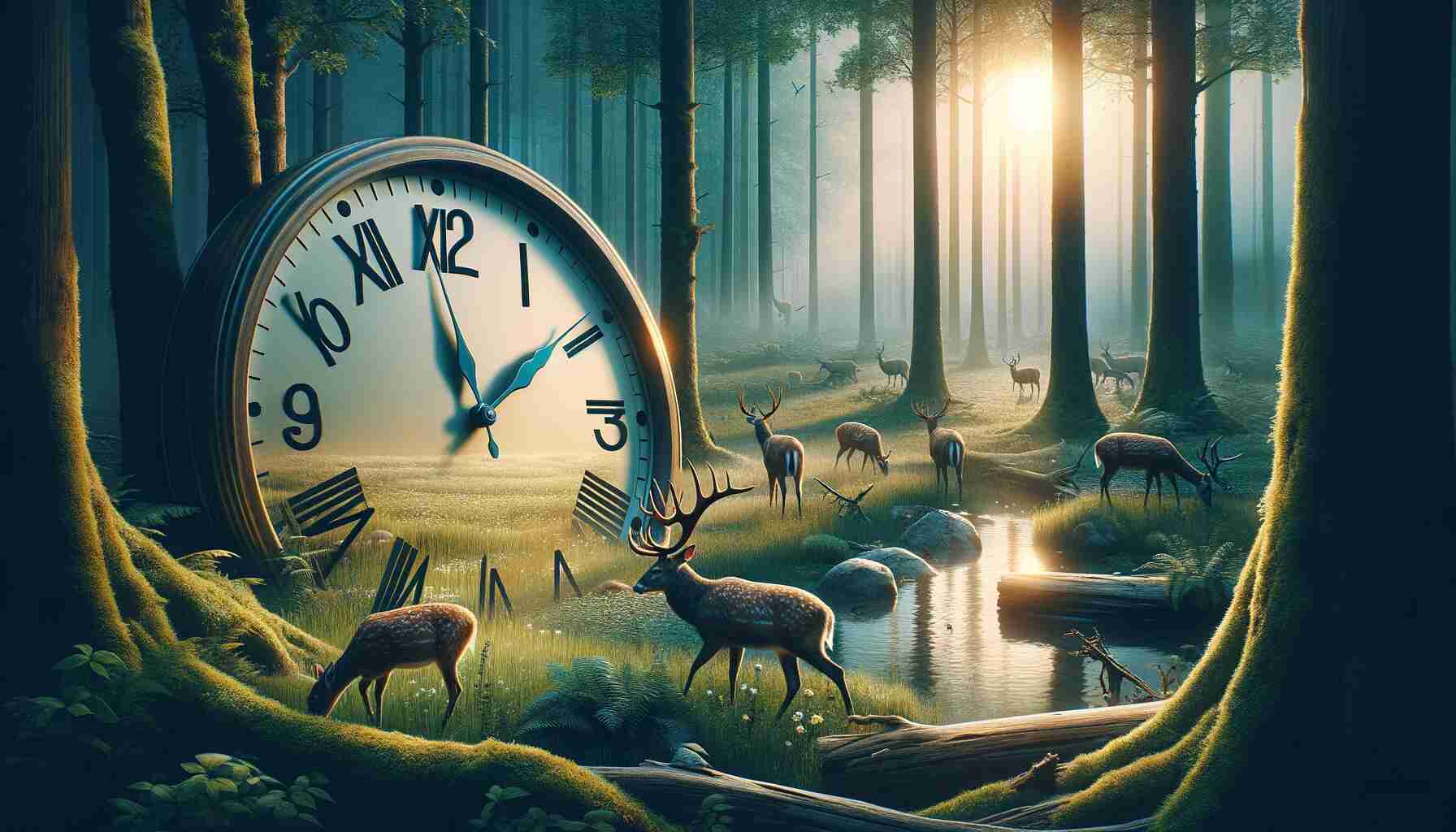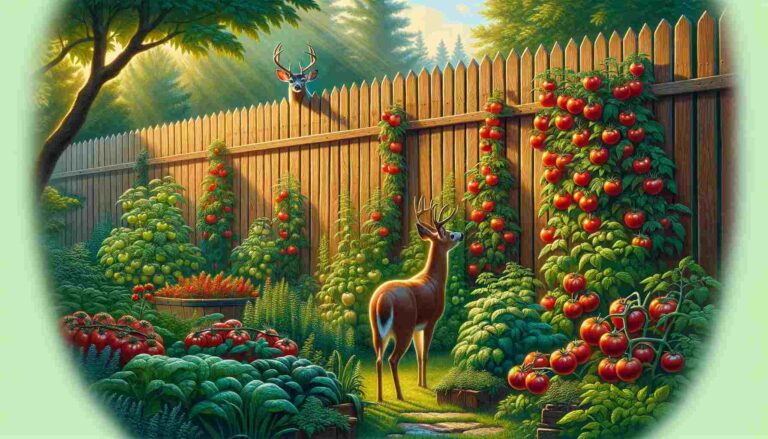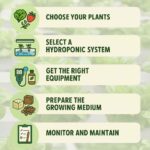Deer feeding times are a subject of fascination and importance for hunters, wildlife enthusiasts, and researchers alike. Understanding when deer feed can significantly impact hunting success, habitat management, and overall conservation efforts.
Deer Feeding Behavior
Deer are crepuscular animals, meaning they are most active during the twilight hours of dawn and dusk. This behavior is an adaptation that helps them avoid predators while still being able to forage for food. Understanding this natural rhythm is crucial for anyone interested in observing or hunting deer.
What Are Deer Feeding Times?
Deer feeding times refer to the periods when deer are most actively feeding. These times typically coincide with dawn and dusk, though factors such as weather, habitat, and food availability can influence their feeding behavior.
Factors Influencing Deer Feeding Times
- Weather Conditions: Deer may adjust their feeding times in response to weather patterns such as rain, snow, or extreme temperatures.
- Seasonal Changes: During the rut or mating season, deer feeding patterns may vary as bucks prioritize mating activities over feeding.
- Habitat Quality: The availability of food sources and habitat structure can influence where and when deer choose to feed.
- Predator Presence: Deer are more cautious during times when predators are active, which may affect their feeding behavior.
Debunking Myths About Deer Feeding Times
There are several myths and misconceptions surrounding deer feeding times. Let’s address some of the most common ones:
Myth 1: Deer Only Feed at Dawn and Dusk
While deer are indeed most active during dawn and dusk, they may also feed at other times, especially in areas with minimal human disturbance or during harsh weather conditions.
Myth 2: Feeding Deer in the Afternoon Will Attract More Deer
Feeding deer in the afternoon may attract some deer, but it’s unlikely to significantly alter their natural feeding patterns. Additionally, artificial feeding can disrupt natural foraging behaviors and may have negative consequences for deer populations.
Myth 3: Moon Phases Affect Deer Feeding Times
While some hunters believe that moon phases influence deer activity, scientific studies have found little evidence to support this claim. Other factors such as weather, food availability, and predator activity have a more significant impact on deer feeding behavior.
Understanding the Science Behind Deer Feeding Times
Researchers have conducted numerous studies to better understand the factors influencing deer feeding behavior. By studying deer movements and habitat use, scientists can provide valuable insights for wildlife management and conservation efforts.
Tracking Deer Movements
Technological advancements such as GPS tracking collars have revolutionized our ability to study deer movements. Researchers can track individual deer over long periods, allowing them to identify feeding hotspots, migration routes, and other critical information.
Food Availability and Quality
Deer are selective feeders and prefer certain types of vegetation depending on the season and nutritional needs. Understanding the nutritional content and availability of different food sources is essential for managing deer populations and their habitats.
Habitat Management
Land managers often use prescribed burns, timber harvests, and other habitat management techniques to improve deer habitat and food availability. By creating a diverse landscape with a variety of food sources, managers can support healthy deer populations.
Tips for Optimizing Deer Feeding Times
Whether you’re a hunter, wildlife photographer, or nature enthusiast, there are several strategies you can employ to maximize your chances of observing deer during feeding times.
1. Scout for Food Sources
Identify areas with abundant food sources such as mast-producing trees, agricultural fields, or food plots. Deer are more likely to frequent these areas during feeding times.
2. Use Trail Cameras
Trail cameras are invaluable tools for monitoring deer activity. Place cameras near food sources or travel corridors to capture images of deer during feeding times.
3. Be Patient and Quiet
When observing deer, it’s essential to remain patient and avoid making sudden movements or loud noises. Deer are wary animals and may be spooked by human activity.
4. Respect Wildlife Regulations
If you’re hunting deer, be sure to familiarize yourself with local regulations and hunting seasons. Ethical and responsible hunting practices are essential for sustainable deer populations.
Conclusion
Deer feeding times, often referred to as the periods when deer are most actively foraging for food, which are primarily concentrated during dawn and dusk, corresponding to their crepuscular nature.
However, it’s essential to note that deer may also feed at other times, depending on various factors such as weather conditions, seasonal changes, habitat quality, and the presence of predators. While dawn and dusk remain the peak feeding periods, deer may adjust their feeding behavior in response to environmental cues and available food sources.
Understanding these factors is crucial for anyone interested in observing or hunting deer, as it can influence strategies for locating and interacting with these majestic animals. By dispelling common myths and delving into the science behind deer feeding behavior, individuals can gain valuable insights for optimizing their interactions with deer and supporting conservation efforts.






